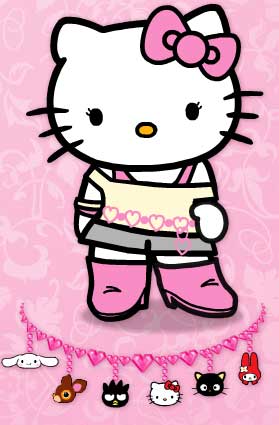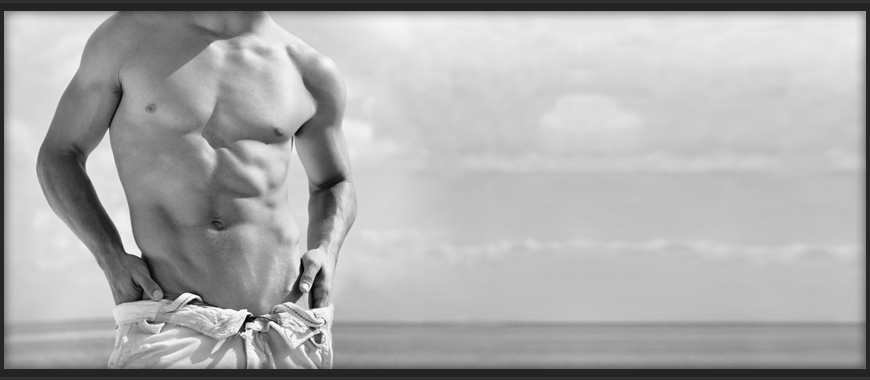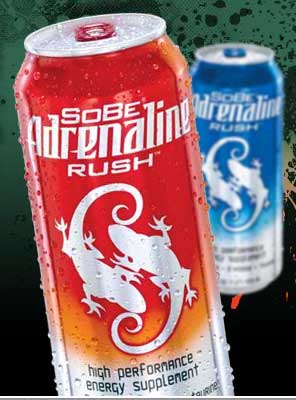Thingdom Come
Design critic and artist Glenn Gordon offers his eloquent, if ambivalent, reflections on everyday design and the masses of stuff that unremarkably, but thoroughly, fill the corners of our modern lives.






WE ARE THE INHABITANTS OF A KINGDOM VASTER THAN ALL CHRISTENDOM. Its name is Thingdom. Its realms are piled with goods in volumes so immense that the walls of our granaries would burst were it not for the ingenuity of bar-coded flow and just-in-time manufacturing. Without millions of faceless Chinese workers bicycling through the coal smoke in dust-masks on their Flying Pigeons there would be no Thingdom and no glory; none of the things that make the world go round would be around. There would be no Wal-Marts or Targets. There would be only thrift shops with crumbling paperbacks and used clothing fraying at the collar, retro boomerang-shaped furniture, scorched lampshades, dented aluminum pots, and bins full of the pathos of outgrown plastic toys.
Night and day, crazy as the car the clowns keep coming out of at the circus, the cornucopia of Thingdom spills onto docks and freight terminals its container-loads of hoodies, bicycles, and Hello Kitty makeup kits; scuffs, clogs, and smoke alarms; ramen noodles and counterfeit designer purses, Mr. Potatoheads, Barbies laced with lead, shoes from Romania, shirts from Turkey, pants from Vietnam, electronica from Singapore, manga from Japan, leather jackets from Korea, and—letting a thousand flowers bloom—air mattresses from the Peoples’ Republic of China, the fragrance of their vinyl blossoming the minute their cartons are slit open. Thingdom engulfs us. Crashing across tribal boundaries, swatting concrete blast barriers aside, it sweeps all before it, a glut inundating without prejudice the devout and unbelievers both: Taliban with eyes rimmed in kohl and Promise Keepers with arms around each others’ shoulders in the Metrodome; men barbecuing in Eagan and people scraping lottery tickets with their last nickels in gas stations in Blaine; kids throwing stones at tanks in Gaza and frat boys in Ft. Lauderdale puking all over their Abercrombiewear. Everybody needs things.
The mills of Thingdom have no brakes, because if they were to stop, the polarities of the Earth’s magnetic field would flip—the direction of the planet’s spin would be reversed, inflicting massive whiplash on every living thing. Wrenched about in midair by the sudden change in the wind, birds would fall from the sky, we would run out of toilet paper, and Escalades would be found abandoned on the sides of freeways. People would have to forage for polyethylene liter bottles to make homemade fleece.
What does makes the world go round? Is it love, or is it Viagra from across the border? It could be the infinite supply of Bics, and great shimmering cascades of paper clips as plentiful as cod. Or the Crocs people confidently walk around in, looking like they’re shod in baked potatoes. Or the earbuds underneath the knit yarmulkes grunge pulls down around its ears, or energy drinks in skinny cans with geckos pictured clinging to the sides—big-eyed hip-hop geckos freaked out at the depredations that inspire their image to be stuck to these cans in the first place, cans that, once emptied and crushed, will fill bulging garbage bags of aluminum overhanging the bicycles of scavengers.
All this stuff we live with or keep stuffed in the garage, we cohabit with it but don’t think about it much. It’s just the everyday welter of things. “Everyday design” means design for the quotidian, which is not a word used every day—it means “ordinary” but it is not an ordinary word. But before it recedes into ordinariness—into the condition of seeming to have been there all along—a new design, when it hits the scene, is extraordinary. At the outset of its 15 minutes, it is novel; it fills us with envy, almost, of how cool it is. Below are a few that make life in Thingdom, momentarily, more interesting.
One of my favorite words is “honeydripper.” This pre-qualifies me to take inordinate pleasure in the design of the new dripless caps of honey jars, which can now be stood upside-down (the new right-side up), finally accepting the wish of gravity to be of help. The same kind of cap is also being used for ketchup bottles. Pounding the bottom of a bottle with the palm of your hand to squirt out a blob that’s ten times more ketchup than you wanted will soon be a thing of the past.
For walking on water frozen solid in winter, there is a cool new kind of crampons called Yaktrax. Instead of the sharp pointed spikes of traditional crampons, these use the edges of coil springs mounted in a web of rubber to grip and give you a footing on the ice. You can see their tracks on icy sidewalks—nothing like the hoofprints of yaks, but the designers have paid attention to the way these beasts keep their footing on the precipitous trails of Tibet. Another new take on an old piece of winter gear are these earmuffs called “180s,”which reach around from behind your neck to parenthesize your ears without causing major complications to your hairdo.
For slaking the thirsts of summer, the old solution of simply drinking water has been displaced by the more serious business of militant hydration, making necessary new designs for the personal transportation of electrolytic sports drinks. Goatskins no longer do the trick. Now there are “hydration bladders” called CamelBaks—kind of the reverse of a colostomy bag—an external organ worn slung down along the backbone, from which you suck water out of a tube. The future looking like it does, these things may soon be used by bicycle guerillas to siphon off suburban gasoline.
The proliferation of ticking information grenades—PDA’s, cell phones, iPods, and iPhones that buzz, vibrate, click, and sing to you while you wave your hands over them doing mindblowing magic tricks—is catnip to industrial designers. The form and finish of some of the cases they design to house the little microchips that keep us hopping and driving with one hand on the wheel are so incredibly sleek, it’s as if they’ve overcome such nuisances as space and time themselves. The designs of these cases don’t quite rival, though, the sculptural elegance of some modern perfume bottles. If you can get past the asthma attack waiting at the perfume counter, you can see they are often exquisite in form. If some of those bottles were monumentally scaled up, they would make sculptures far more interesting than most of the public stuff we have to look at now.
The grace and balance of those forms might serve us better that way—as public loci. Perfume, after all, is a luxury most of the smelly of the Earth can’t have. It’s the not being able to have it that so stresses the planet with conflict between the haves and the nots. A few of the haves appear to be waking up to this, but ultimately, buying into the fiber-flecked, blameless look of green packaging, playing with hackysacks filled with organic rice, and wearing expensively simple trinkets meant to signal humility is only conspicuous consumption gone inconspicuously incognito—greed gone green. This might not be so bad if the wells of Thingdom weren’t running dry, but it seems they are.
The principle symbolized so hypnotically by the yin and the yang is constantly embodied and enacted in reality, all the time, every time you pull into a shopping center parking lot to buy a tube of Pringles or a sack of mulch. The self-consuming ourobouros of recycling—those three cranked arrows in eternal pursuit of one another—they are like Arthur Murray dance steps glued to the floor of the future, showing us how to dance our way to Thingdom-come. If we make it that far, we’ll get there in shoes made from old tires and on bicycles of bamboo, to dance in buildings built of bricks made out of our sludge.
_____________________________________________________
This essay was originally published in March 2008.
About the author: Glenn Gordon is a writer, sculptor, and photographer.